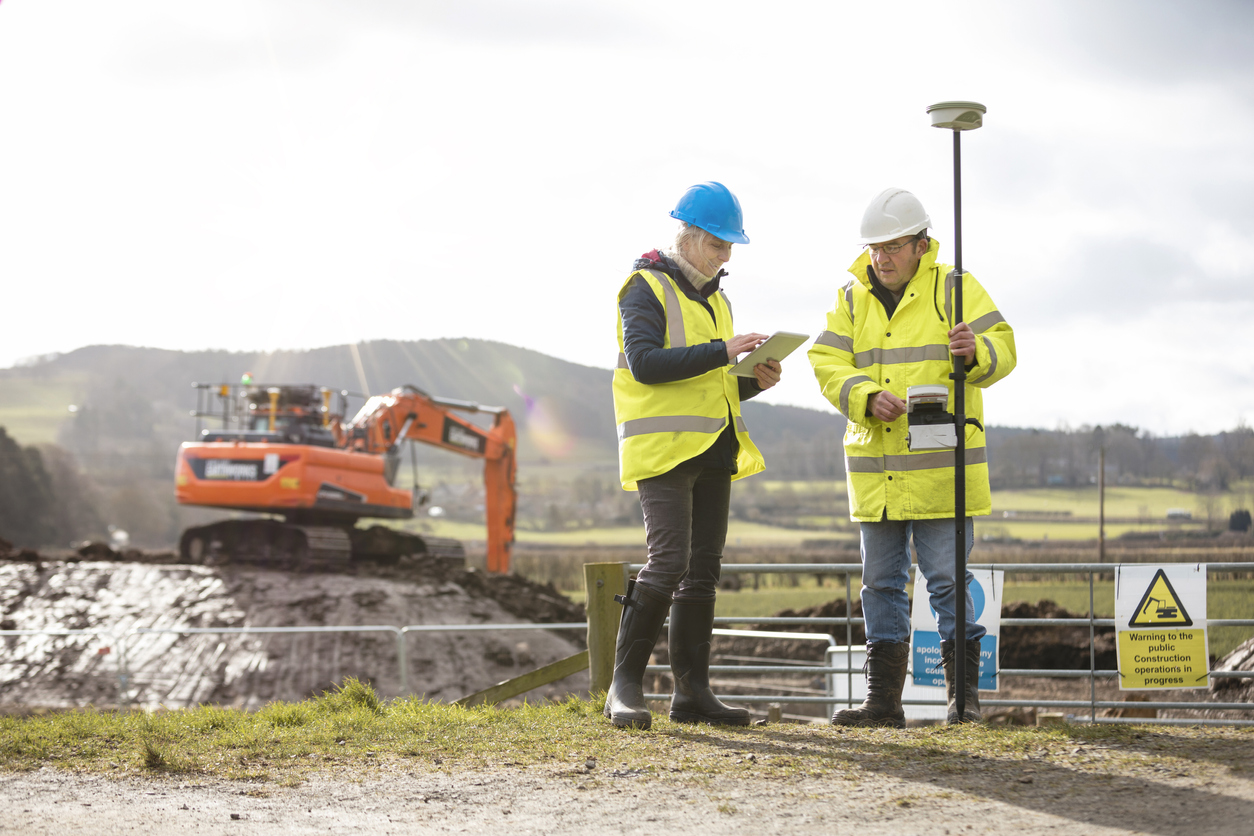Causeway Ermeo puts you in control while working on site
Picture the scene: busy managers are on site when a piece of plant is delivered. Its arrival must be documented, involving a trip back to the office to collect the correct paper form. Time and money are wasted. When the same form is needed in future, staff might not know where to find it.
Even when operations are carried out electronically, they may use different software packages that cannot communicate with each other. Causeway’s Ermeo automates such procedures and can integrate them as well, so information is readily available when needed.
Causeway product evangelist Andrew Woolstone says Ermeo aims “to make site managers’ work easier” as even those who have dispensed with paper may be trying to use a laptop to handle forms not designed for mobile devices. “We see a lot of paper forms on site where there are separate pads for each type of form they’ve got,” he says.
“Some organisations spend the best part of an hour a week travelling to and from the office to pick up and drop off forms. In another example, a firm was facing an audit and trying to provide the completed forms required, and eventually these were found in the boot of somebody’s car.”
Even after going digital, database applications might not allow a site manager to analyse the captured information easily, but Causeway Ermeo lets them drill down and view what they need.
“With Ermeo, you have this database where you can store information,” Woolstone says.
Analyse data
“One customer was concerned that operatives and site managers treated risk assessments as a box-ticking exercise. They wanted to analyse the data across all sites, and all the people completing them, and that was hard when it was paper or Excel as you’ve got to manually copy the data into one place.”
Another client wanted to know how the different attitudes of staff to risk affected their completion of assessments and Causeway Ermeo’s data integration allowed this. “It’s not just a report or a dashboard – you get the meaning behind it,” says Woolstone.
Causeway Ermeo is also useful when photographs and GPS information are involved. Staff can easily take photos on a mobile phone, but these are devoid of context. How can you tell weeks later what a picture shows or where it was taken?
Woolstone says: “I went on site recently and a guy showed me that he’d taken a load of site photos on his phone, but I couldn’t tell what they were of. He had to upload them, but he wasn’t sure where to upload them and how he’d remember the context of them.”
Causeway Ermeo allows photographs to be integrated with the relevant documentation. A photo of a crane on a site can be linked to records of where it was situated, and when it arrived and left, for example.
Microsoft 365 is integrated into Causeway Ermeo, so they can ‘talk’ to each other. A form completed in Causeway Ermeo will see a Word document or Excel spreadsheet template automatically populated with information.
In future, Woolstone expects Causeway Ermeo to link with other internal systems, such as its time and attendance system, which could then link to a client’s plant hire or finance or ordering systems. It is also starting to be used in health and safety records. As Causeway Ermeo is a cloud-based system, it “needs no traditional servers”, he adds.
Want to learn more about this software?
Check out our mobile workforce management solution - Causeway Ermeo



